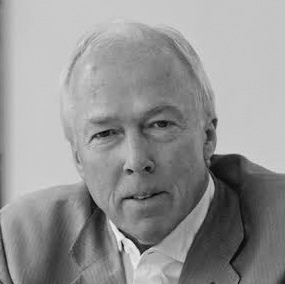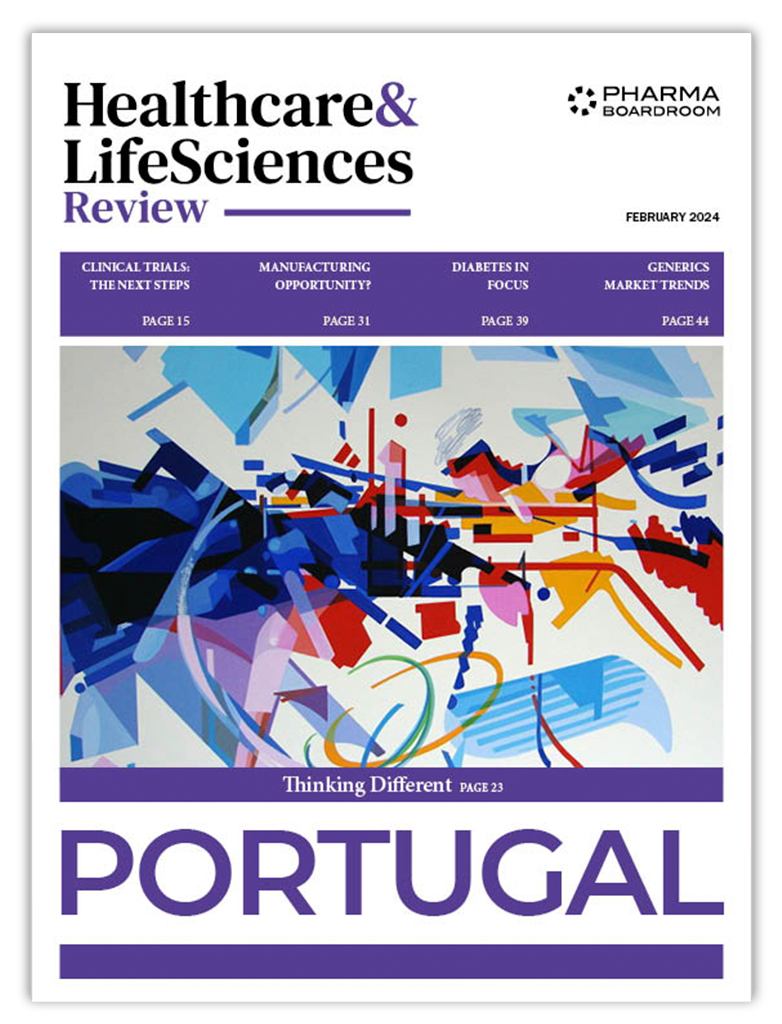CEO of Pantarhei since its inception in 2001, Herjan Coelingh Bennink outlines the company’s vision to develop new applications for existing compounds in the fields of women’s health and oncology with therapies with real medical advantages including a contraceptive pill which does not increase the risk of thrombosis and improved endocrine treatment for breast cancer. Despite being a
company that does not make a lot of noise, the Pantarhei group is responsible for the patents of two products already on the market and has recently succeeded in out-licensing applications for ovarian antigen Zona Pellucida to HRA (France) and the fetal steroid hormone Estetrol to Mithra (Belgium).
Pantarhei Bioscience was founded in 2001. As an introduction for our international readers, can you please explain the market opportunity you saw in founding the company?
Before founding the company, I was heading the R&D for the women’s health division in Organon. I thoroughly enjoyed my work but I felt that things were moving along too slowly. I tried to get the company to look at new applications for some of the compounds we had. However, big pharmaceutical companies are not keen to develop a second application for a compound as they fear that results may be found which impact the primary application in an unfavourable way.
I therefore saw a unique opportunity to develop new applications for existing compounds with the focus on achieving proof-of-concept. This was the inspiration which led me to found my own company. Pantarhei is based on the greek words panta and rhei which together mean everything flows. This was a phrase used by Plato and Heraclitus and we chose it firstly because it is different and also because the symbolism of everything changing and, hopefully, improving applies to drug development and medicine.
The past year (2014/2015) has been quite exciting for the company with the out-licensing of ovarian antigen Zona Pellucida to HRA and the fetal steroid hormone Estetrol to Mithra. Could you please elaborate on your current projects and the stage of development these are at?
We have three main projects the first of which is the use of the Zona Pellucida (ZP) antigen for immunotherapy of cancer. We have been working on it for about ten years and we recently licensed out the application for ovarian cancer to the French company HRA. We do not expect it to be on the market until 2020 but I think that if the Zona Pellucida works for ovarian cancer then things should go quickly because it is the cancer with the lowest survival rate for women.
Secondly, we are working with Estetrol and we recently out-licensed its applications for a contraceptive pill and hormone replacement therapy to the Belgian company Mithra. We are expecting that to be on the market in 2019 by which time it will have been in development for almost nineteen years which is of course problematic for the patents. Nonetheless, we have strong reasons to believe that this will be a contraceptive pill which does not increase the risk of thrombosis which will be a major breakthrough. In addition, this estrogen compound has very special effects on the breast and in the long run, I think it will be shown that it provides some protection against breast cancer. There are also few environmental side effects as it is a natural estrogen. We recently set-up a subsidiary company Pantarhei Oncology because our new focus for this compound is on breast and prostate cancer. The money from our out-licensing deals is being invested in oncology and we are now setting up the trials. People get very nervous and think I am a complete lunatic when we say that we are treating women with breast cancer with an estrogen but we have very strong data supporting this concept.
Our third major project is a contraceptive pill containing the natural human adrenal hormone DHEA (dehydroepiandrosterone), to prevent the loss of testosterone during the use of an oral contraceptive. This project is ready for a limited phase III program, approved by the Swedish authorities and we are looking for a partner. With an investment of about € 10 million this product can reach the market.
The Pantarhei partnership model is rather unique, could you please explain the exact nature of your collaborations with companies such as HRA and Mithra?
To take the example of our collaboration with HRA, we sold them the ovarian cancer application for ZP. However, we have since discovered that ZP is also expressed in some prostate and pancreatic cancers and can thus be used as a biomarker to select tumours suitable for ZP immunotherapy. So although we have out-licensed one application, we have kept all the others in-house with all the rights.
What are the main challenges which Pantarhei has had to overcome in order to be where it is today?
The company has now been around for fifteen years and this is quite unusual for a biotech which is focused on clinical development because this is very expensive. Next to managing the company, I spend roughly half my time raising money for the work we want to do.
The development of our new natural estrogen Estetrol has been severely impacted by the results of the women’s health initiative study (WHI) published in 2002 which killed estrogen hormone replacement treatment (HRT) in the market as well as the development of new drugs in this area in the US and around the world for over ten years. It was the biggest randomized controlled trial ever performed, but in the wrong group of patients. This WHI study has damaged the wellbeing of middle-aged women seriously because there is a cohort of women prevented from taking estrogens and the first figures coming out are showing that the death rate in that group due to cardiovascular disease and bone fractures has increased. Therefore, as we could not use this estrogen for HRT we started looking at contraception instead. For me, it is very rewarding that we have succeeded to find in Mithra a very reliable and determined partner for the final development and marketing of Estetrol for contraception and HRT.
Other than its almost 15 year history, what do you think makes Pantarhei Bioscience unique among the large batch of Dutch start-ups?
A couple of things that make us different from almost all other companies is that 1) we are really interested in the research part of it and the mechanism of action and 2) we focus on proof-of-concept in the human and do not rely upon suggestive animal data. For me, it is a combination of science and business. We want our work to be scientifically sound and to publish it. The three projects that we selected for further development have all survived. We accumulated more and more data and we have been lucky that the data always came out well. Importantly, although we do not make a lot of noise, we have been lucky that we have always found private investors to support us financially.
In Europe and in the Netherlands, despite strong fundamental research, translating this knowledge into successful business models and marketable products is a challenge. Pantarhei focuses on the transformation of new treatment concepts into patent protected and marketable drug candidates with phase II clinical proof-of-concept data. Given this expertise, what advice would you give to Dutch life science entrepreneurs like yourself?
I think the focus must be on clinical development; what is needed in clinical development and what is key to that process. Also, the regulatory evaluation boards are more interested in safety than efficacy. So from the very beginning you have to pay attention to the safety of your new compound/product.
Another piece of advice I would give is not to underestimate the amount of time it takes to develop a drug. If you look at timing, Zona Pellucida is a project we have been working on for about ten years and it is not going to be until 2020 that it enters the market. So drug development takes far longer than the typically quoted ten to twelve years. Nonetheless, I think the fact that it is a very long process is correct because the most important thing is the safety of the product and the duration of the process is linked more to the safety side of the equation than efficacy. I have spoken to medicine evaluation bodies around the world and their concern is safety. One of the benefits of working with existing compounds is that there is already information on the safety of the compound available which also makes it a safer investment choice.
What is your vision for Pantarhei for the next five years?
I would like to have shown that our oncology projects demonstrate clinical efficacy and safety and I believe that if it works in the way I hope and expect, then we can get that to the market quickly because we have something which is safe and brings clear advantages. I cannot believe that in such cases I will not be able to convince the authorities to allow market entry soon . At the end of the day, the only thing that counts for me is having a product on the market. There are already two products on the market where the patent was invented here. I want to be judged on what I brought to the market and I want to offer something with a real medical advantage.







